Perfume of the World
Perfume is an open door to the different cultures, traditions and histories of each continent. Each country, each region has its own olfactory preferences, influenced by its climate, natural resources and customs. Exploring these differences allows us to experience a true sensory journey through time and space.
A Perfumed World Tour
Asia: The Essence of Spirituality and Traditions
Inde : The history of perfume in India dates back more than 3,000 years, with mentions in the Vedas, sacred texts which describe the use of incense and perfumed oils for religious rituals and medicinal treatments. Ayurveda, a form of traditional medicine, also integrates these elements for their therapeutic properties. Sandalwood, jasmine and cinnamon were particularly prized. The art of Indian perfumery involved the creation of complex blends for various occasions, whether for religious ceremonies, royal rites or personal care. In the Middle Ages, cultural exchanges with Arab and Persian peoples enriched this tradition by introducing new techniques and new ingredients, such as oud and rose water. Today, India continues to produce valuable raw materials for the global perfume industry, while preserving its traditional artisanal techniques.
China : Thousands of years ago, Chinese people used incense for religious rituals, believing that the fragrant smoke could communicate with spirits and purify the air. This spiritual practice was essential to create a sacred atmosphere. Over time, the art of perfumery became more sophisticated, notably with the introduction of personal perfumes and aromatic plant blends. Elites used perfumed powders and essential oils for the body and clothing, reflecting a refined taste for delicate scents and elaborate compositions. Today, the Chinese tradition of perfumery continues to influence and enrich the global art of smell, with particular attention paid to natural ingredients and ancestral techniques.
Japan : The use of perfumes is deeply rooted in tradition and spirituality. Introduced to Japan in the 6th century with Buddhism, incense was used in temples to purify the air and the mind, aiming to create an atmosphere conducive to meditation and prayer. Kōdō, or “the way of incense,” is a refined Japanese tradition that developed in the 14th century. This ceremony, similar to the tea ceremony, involves the appreciation of different scents of incense in a ceremonial and meditative manner. Today, Kōdō is still practiced and appreciated, reflecting the Japanese's deep respect for subtle fragrances and incense culture.
Africa: The Perfume of Gods and Ancestors
Egypt : Ancient Egypt is one of the first cradles of perfumery. The Egyptians used scented oils and ointments not only for aesthetic reasons, but also for embalming. Pharaohs were often buried with pots of perfume to accompany them in the afterlife, believing that these fragrances would protect and honor them. Mixtures of myrrh, pine resin and floral balms were particularly popular.
Somalia : Famous for its incense trees, Somalia has a long tradition of exporting aromatic resins such as frankincense and myrrh. These resins were burned during religious ceremonies and used in traditional medicinal remedies.
North Africa : People used local herbs and spices to create natural perfumes. Henna, mint, and eucalyptus were often used in purification rituals.
Europe: Sophistication as its finest
France : France is undoubtedly the heart of the modern perfume industry. The first European perfumes were imported from the Middle East during the Crusades, introducing the Western fascination with exotic and intoxicating fragrances. During the Renaissance, Italian influence marked a major turning point in the history of French perfume. Catherine de Medici, upon marrying the French King Henry II, brought with her the refined art of Italian perfumery to the French court. This meeting of cultures laid the foundations of the French perfume industry. Grasse, a small picturesque town in Provence, became the world center for the production of perfume flowers, such as roses and jasmine, in the 17th century. The ideal climatic conditions and local know-how have contributed to the reputation of Grasse throughout the world. The 18th century saw the emergence of the first perfume houses in France, such as Guerlain and Houbigant. These houses innovated in the art of perfume composition, creating olfactory masterpieces that have conquered the whole world. France quickly became synonymous with luxury and olfactory elegance, and its legacy lives on today in iconic perfumes that continue to captivate the senses around the world.
Italy : Italy also has a rich fragrant history. Venice in the Middle Ages was a center of trade in spices and perfumes, where wealthy Venetian merchants imported exotic ingredients from all corners of the world. The Italians played a vital role in perfecting the art of distillation, a crucial technique for extracting essential oils used in creating perfumes. Italian Renaissance courts were renowned for their sophistication and elegance, and perfumes were an essential part of the daily lives of aristocrats. Italian perfumers have created unique and refined compositions, inspired by the lush gardens and enchanting landscapes of Italy. In the early 18th century, an Italian named Giovanni Maria Farina created the first true "eau de cologne", a fresh, light fragrance that quickly became popular throughout Europe. Today, Italy continues to be a leader in the global perfume industry, combining artisanal tradition and innovation to create fragrances that captivate the senses and reflect the timeless elegance of Italian culture.
England : England has a tradition of perfumery influenced by settlers and explorers who brought back exotic treasures from the four corners of the world. During the Elizabethan period, marked by the reign of Queen Elizabeth I in the 16th century, mixtures of rose, lavender and other herbs were commonly used to perfume bodies and clothing, reflecting a delicate taste and appreciation of fragrances natural. The 19th century marked a period of growth for English perfumery. The introduction of many floral and colonial scents reflected the influence of travel and trade with the British colonies. Famous houses like Penhaligon’s emerged, establishing standards of luxury and refinement in the field of perfumery. Today, England continues to play a major role in the global perfume industry, combining tradition and innovation to create fragrances that captivate the senses and evoke this country's rich and diverse history.
America: A New World of Perfumes
United States : Before the arrival of European settlers, Native Americans used aromatic plants and resins for religious ceremonies and medicinal treatments. Tobacco, sage, and cedar were among the most commonly used plants, not only for their scents, but also for their therapeutic and spiritual properties. In the 20th century, the United States became a major player in the perfume industry. Iconic brands such as Estée Lauder and Calvin Klein emerged, popularizing fragrances that became icons of American popular culture. Creations such as Youth Dew and CK One have captivated the senses and defined entire generations, reflecting the bold spirit and innovation characteristic of the American nation. Today, the United States continues to lead the global fragrance industry, with a diversity of brands and designs that celebrate this country's rich culture and creativity.
Latin America : Pre-Columbian civilizations, such as the Aztecs and Mayans, used flowers like magnolia and spices like vanilla in their perfumes. After colonization, European and local traditions mixed, further enriching the diversity of the region's perfumes.
Each his own
Olfactory perceptions vary from person to person, but also from country to country, revealing a fascinating diversity in perfume preferences and styles across the world. Each culture has its own fashions, habits and values which are reflected in the fragrances it likes.
France: Elegance and Finesse
The French have always had a passion for sophisticated perfumes, elevating the art of perfumery to the status of a true cultural heritage. Floral notes such as rose and jasmine, combined with woody and chypre accords, embody the timeless elegance and refinement of French haute couture. In the 1990s, the emergence of gourmand notes like vanilla and caramel brought a touch of modernity to this tradition, offering new interpretations of French elegance.
Japan: Subtlety and Harmony
In Japan, subtlety and harmony are at the heart of olfactory aesthetics. The Japanese favor light and balanced fragrances, which evoke the delicacy and simplicity of nature. Notes of green tea, citrus and delicate flowers are particularly appreciated, capturing the very essence of Japanese serenity. Each fragrance is designed to create a sensory experience in perfect harmony with the environment and the mind.
Middle East: Opulence and Wealth
Middle Eastern fragrances embody opulence and wealth, reflecting a long tradition of hospitality and luxury. Notes of oud, musk and amber are omnipresent, creating deep and captivating fragrances that captivate the senses. Each fragrance is a work of art, carefully crafted to evoke a feeling of grandeur and exclusivity, rooted in a rich and prestigious history.
United States: Freshness and Delicacy
In the United States, perfumes reflect the diversity and dynamics of American culture. Americans love fresh and fruity fragrances, as well as sweet and gourmand accords that evoke the spirit of innovation and adventure. From the floral classics of the 1950s to today's bolder arrangements, trends are constantly evolving to capture the energy and optimism characteristic of American society.
By exploring the world's perfumes, we celebrate not only sensory diversity, but also the richness of ancestral traditions and know-how. Whether you are seduced by the intoxicating spices of India, the delicacy of Japanese flowers or the timeless elegance of French fragrances, there is a scent for every soul, every moment and every dream.By letting ourselves be transported by these essences from the four corners of the globe, we open a window onto varied universes, allowing us to travel without leaving our home and to feel the beauty of the world through the scents that surround us.
Perfume then becomes a universal passport, an invisible link that unites us all in an olfactory harmony without borders. (A sense to our emotions blog article)


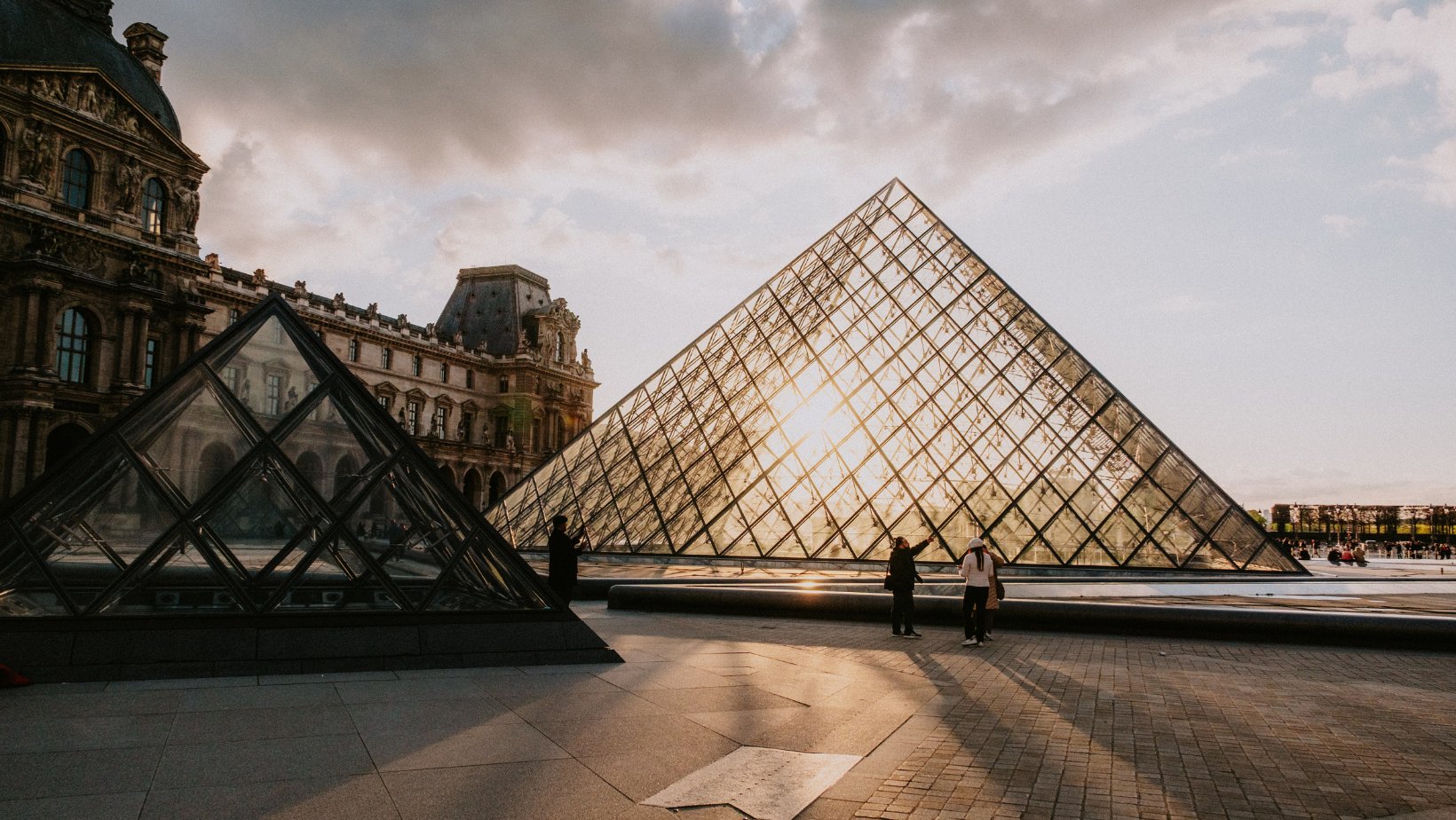


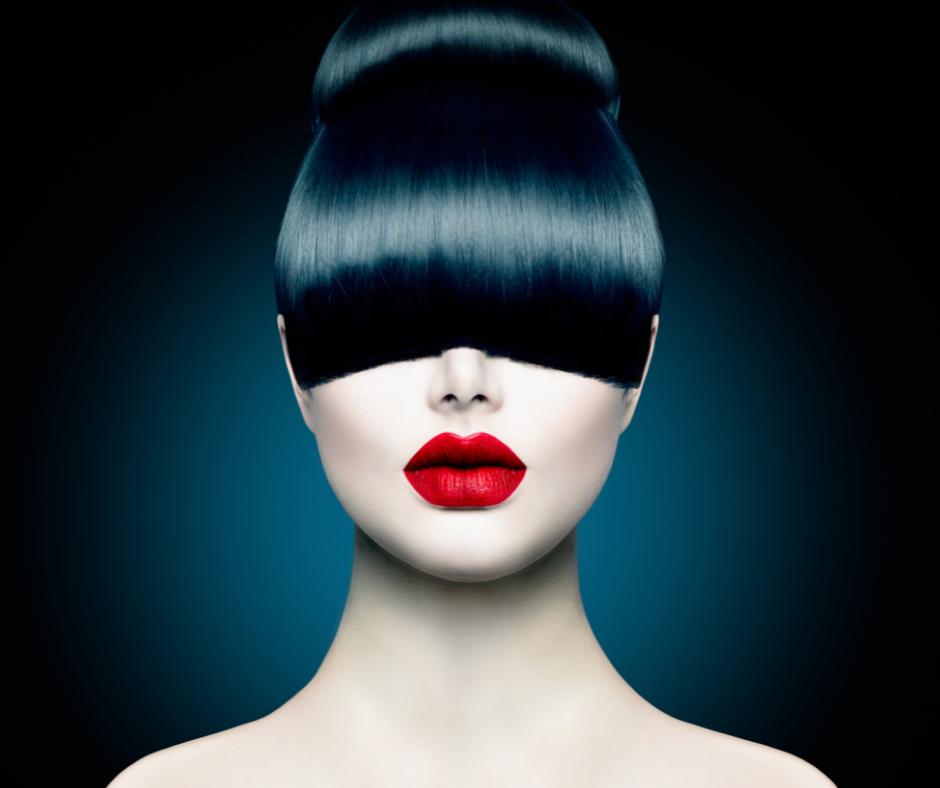
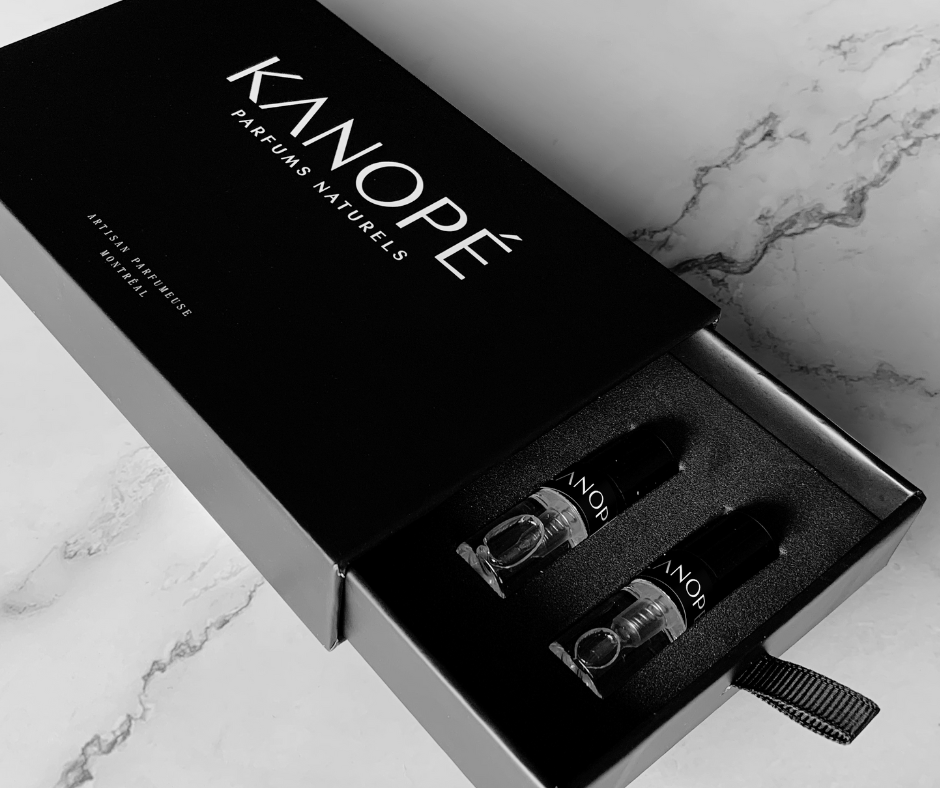


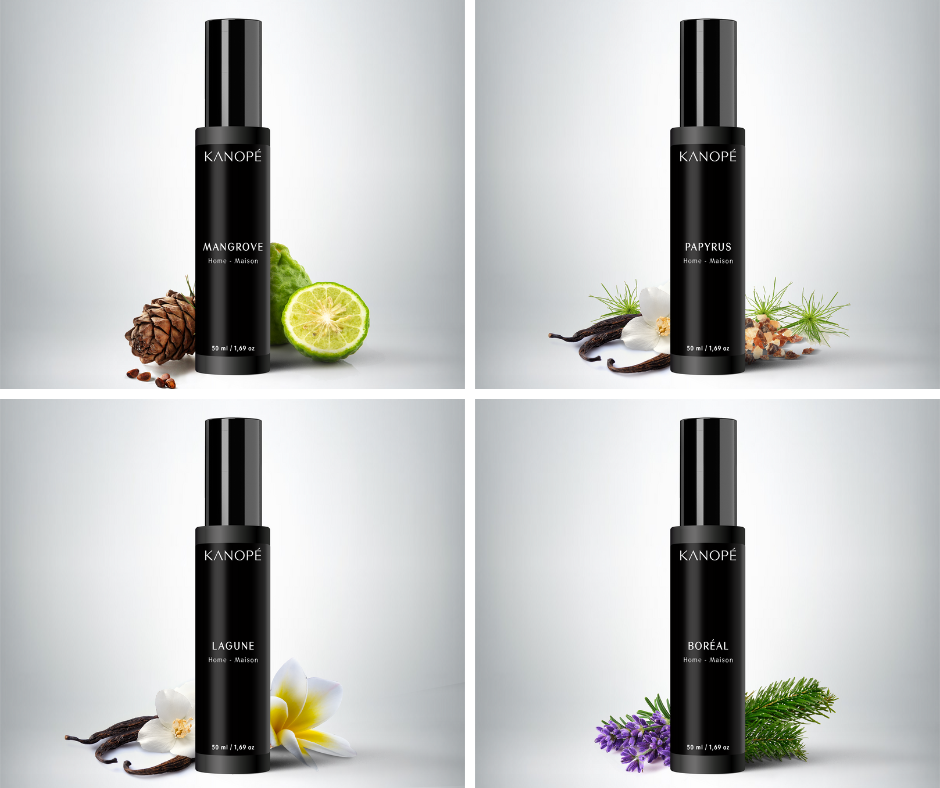
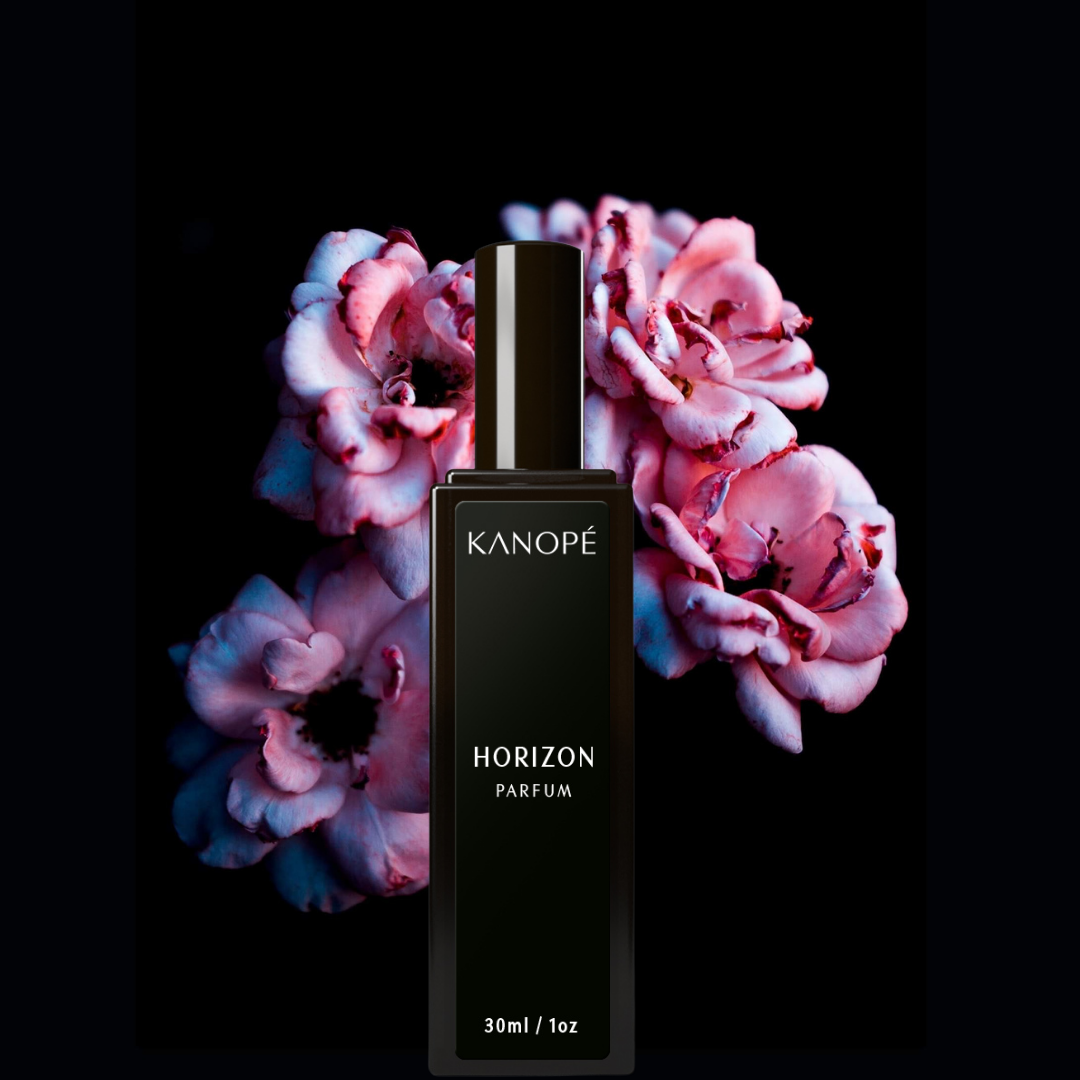

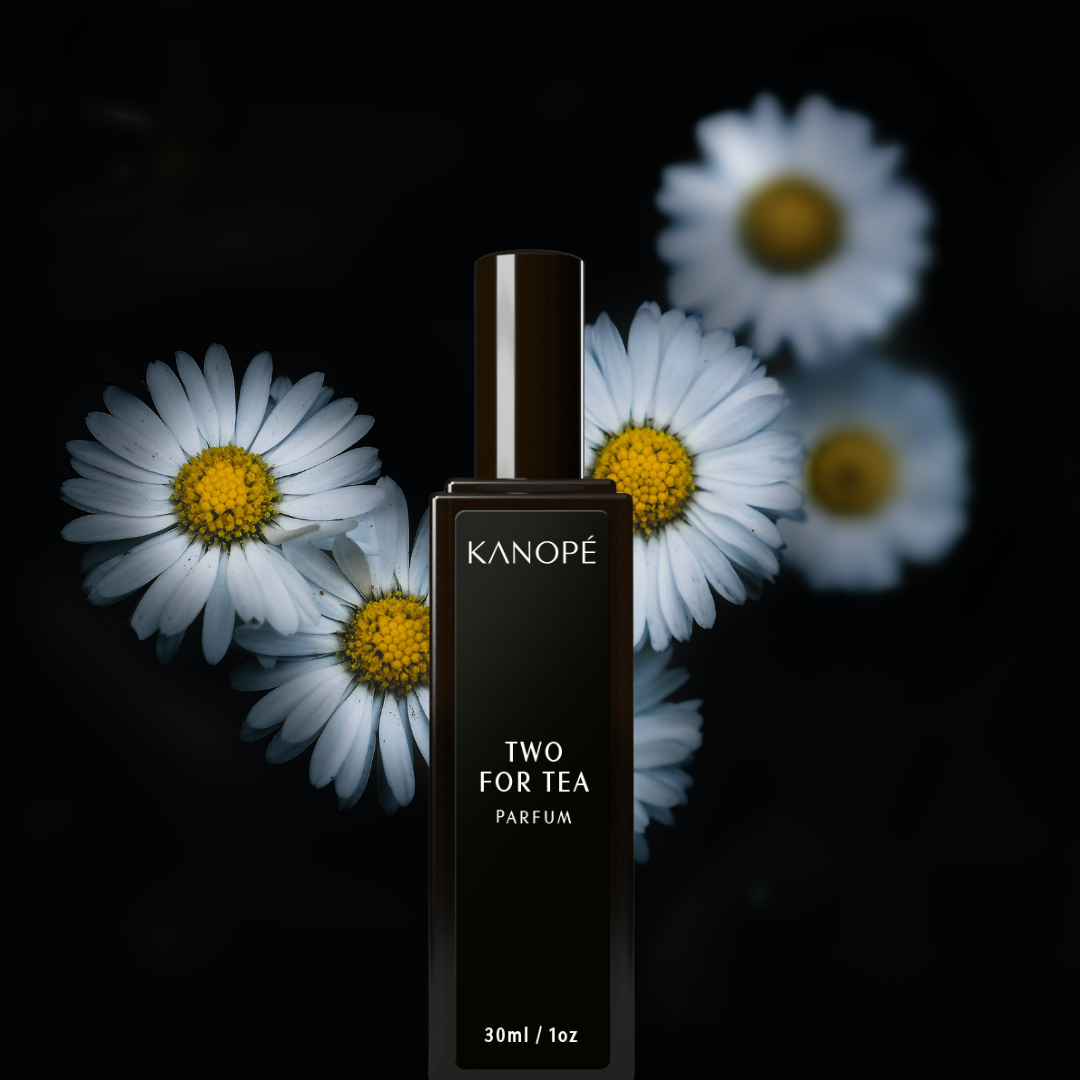
Leave a comment